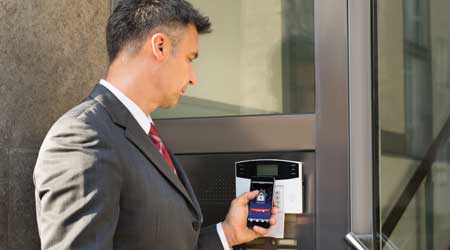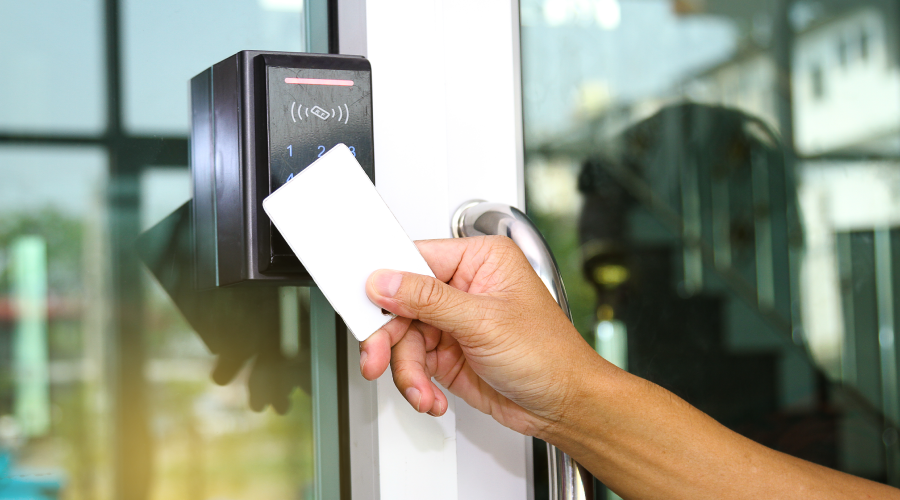Access Control: A New Generation for Security
By focusing on assessment, specification and implementation, managers can streamline installation and enhance the safety of facilities
Selecting the most appropriate access control system requires that managers be up to date on the latest generation of door access systems. That does not mean that all will need to invest in the latest and the greatest of systems; you still must match system capabilities to needs. But it also does not means that it is okay to replace an existing system with just a newer generation of the same system. A brief look at trends and developments in the field will help managers to match their needs to a particular type of system.
One of the biggest advances in access control systems is the move toward wireless locks, which eliminate the need for cabling and lower the system cost per door. Wireless locks communicate through a wireless access point or router to other locks and to the controlling software. With no cabling, they are easier to install.
They offer encrypted and secure communication with the ability to operate in standalone mode. As with wired systems, they can provide event logging and immediate alerts. Their biggest drawback is that some expertise is required to configure them during installation.
Another major advance is the bring your own device (BYOD) approach. In this case, the device is a smartphone, which take the place of cards and fobs and offer all of their capabilities and several advantages.
Users rarely misplace or loan their smartphones, unlike cards and fobs. When one does go missing, someone notices it almost immediately. They already can easily communicate with door readers using Bluetooth through tapping or waving.
With a unique 48-bit address, the phone transmits its identification to the door reader, which in turn transmits that identification to the controller. The controller compares it to a list of users and grants or denies access. Since most phones already use passwords, facial recognition, or finger biometrics, this process results in a two-factor authentication that further enhances security.
Related Topics:















